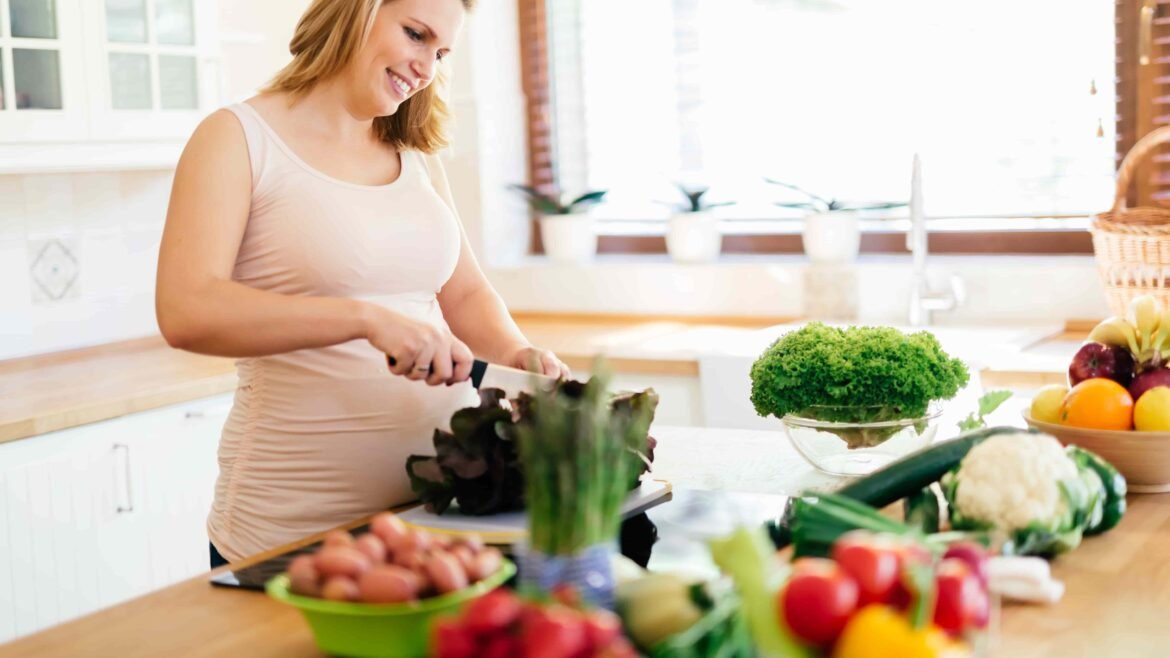Tags: best fruits for weight loss, best vegetables for weight loss, blood sugar levels, calories needed to lose weight, calories to lose weight, carbs for weight loss, carbs good for you, carbs in diet, cooked meals, craving carbs, diet if, dinner easy meals, dinner foods, dinner meals, easy work lunches, eat plan, eat this not that, eating less to lose weight, food cravings, foods that make you fat, fruits for weight loss, fruits good for weight loss, good carbs to eat, healthy carbs for weight loss, healthy foods for dinner, healthy foods for lunch, healthy lunch meals, healthy meals for dinner, healthy meals to cook, high blood sugar, high blood sugar levels, losing appetite, low blood sugar, low blood sugar levels, lunch foods, lunch meals, lunch vegetables, lunches for work, make dinner, make recipes, meals easy, recipes dinner, recipes lunch, simple dinner, vegetables for weight loss, your body



